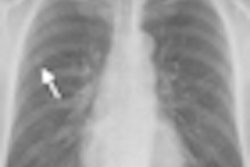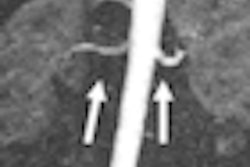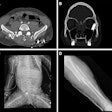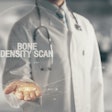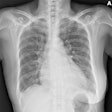Dear AuntMinnie Member,
A panel that advises the U.S. government on reimbursement decisions probably heard more than it had bargained for last week in hearings on the use of radiation therapy for prostate cancer.
As reported by associate editor Cynthia E. Keen in our Radiation Oncology Digital Community, the Medicare Evidence Development and Coverage Advisory Committee (MedCAC) discovered a trove of smaller studies on prostate radiation therapy. But there were almost none of the large, population-based comparative research projects that the government likes to have on hand before committing to pay for a new medical technology.
That's a shame, because several new radiation oncology technologies being developed may well improve upon existing therapies in terms of both morbidity and mortality -- just don't expect Medicare to open the reimbursement floodgates for them anytime soon. Learn more by clicking here, or visit the community at radiation.auntminnie.com.
DR falls short for lung screening
In other news, most researchers long ago gave up on analog radiography as a potential lung screening tool in favor of CT, which has been the preferred modality in multiple large-scale lung screening studies. But the rise of digital radiography (DR) has prompted some radiologists to take another look at good ol' x-ray for lung cancer screening.
Unfortunately, they may need to look somewhere else, according to an article by contributing writer James Brice in our Digital X-Ray Community. The article profiles the work of Dutch researchers who wanted to see if DR's lower cost and radiation exposure could make it an alternative to CT.
Despite DR's promise, the research group found that it missed too many lesions. In fact, the only way to achieve a high level of sensitivity was to accept a high false-positive rate -- which would have resulted in a large number of follow-up CT scans. Learn more by clicking here, or visit the community at xray.auntminnie.com.




